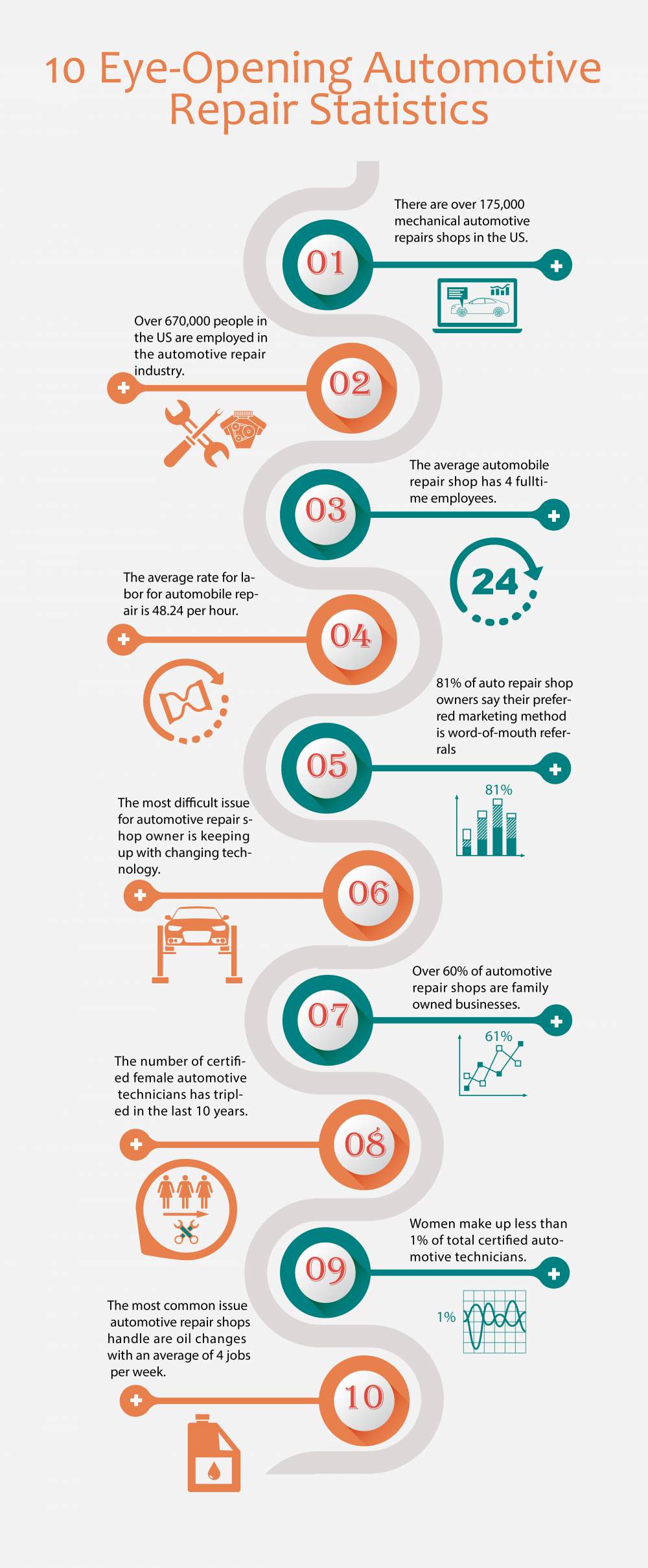Comprehending The Value Of Your Car'S Warning Signals: What They Actually Stand For
Comprehending The Value Of Your Car'S Warning Signals: What They Actually Stand For
Blog Article
Content Writer-Sykes Kejser
When you lag the wheel, those glowing caution lights on your control panel can be a little bit difficult. Do https://brakerotors51738.dm-blog.com/30032184/success-chronicle-breathing-new-life-into-a-neglected-auto-through-outlining understand what they're attempting to tell you concerning your automobile's health? Understanding the importance of these lights is important for your security and the durability of your lorry. So, the following time one of those lights appears, would not you intend to understand its message properly and take the necessary actions to address it?
Common Warning Lights and Interpretations
Determine common warning lights in your vehicle and recognize their meanings to make certain secure driving.
One of the most common caution lights consist of the check engine light, which signifies problems with the engine or discharges system. If this light begins, it's essential to have your automobile checked immediately.
The oil stress advising light shows reduced oil pressure, needing prompt attention to avoid engine damage.
A blinking battery light may recommend a malfunctioning billing system, possibly leaving you stranded if not addressed.
The tire stress monitoring system (TPMS) light informs you to low tire stress, impacting vehicle stability and gas efficiency. Neglecting this can bring about risky driving conditions.
The abdominal light indicates a trouble with the anti-lock stopping system, endangering your capacity to quit promptly in emergencies.
Finally, the coolant temperature advising light warns of engine getting too hot, which can cause serious damage if not fixed swiftly.
Comprehending these common warning lights will aid you address concerns promptly and maintain secure driving conditions.
Significance of Prompt Interest
Understanding the common caution lights in your automobile is only the primary step; the value of without delay resolving these cautions can't be emphasized sufficient to guarantee your safety and security on the road.
When a caution light illuminates on your dashboard, it's your automobile's way of connecting a possible issue that requires interest. Overlooking these warnings can lead to extra extreme troubles later on, endangering your security and potentially costing you extra in repairs.
Trigger interest to advising lights can protect against failures and accidents. For example, a flashing check engine light can indicate a misfire that, if left ignored, could create damages to the catalytic converter. Addressing this quickly can conserve you from a pricey fixing.
In a similar way, a brake system cautioning light may signal reduced brake fluid or worn brake pads, critical components for your safety and security when driving.
Do It Yourself Troubleshooting Tips
If you see a warning light on your control panel, there are a few DIY troubleshooting tips you can attempt prior to looking for specialist assistance.
The first step is to consult your cars and truck's manual to understand what the particular warning light shows. In some cases the concern can be as easy as a loose gas cap causing the check engine light. Tightening https://ecutuningnearme51728.theisblog.com/30149672/polish-your-vehicle-describing-abilities-with-seasonal-understandings-to-keep-your-automobile-looking-excellent-and-protected-check-out-exactly-how-to-handle-the-distinct-barriers-that-come-with-each-season may fix the issue.
Another typical problem is a low battery, which can cause various warning lights. Inspecting visit the next website for rust and ensuring they're secure may take care of the problem.
If a caution light continues, you can attempt resetting it by disconnecting the automobile's battery for a couple of mins and then reconnecting it. Additionally, inspecting your car's liquid levels, such as oil, coolant, and brake liquid, can help troubleshoot cautioning lights associated with these systems.
Conclusion
Finally, comprehending your car's caution lights is essential for maintaining your vehicle running smoothly and securely. By without delay addressing these informs and recognizing what they suggest, you can stay clear of costly repairs and potential failures.
Bear in mind to consult your vehicle's manual for particular information on each cautioning light and take action as necessary to make sure a trouble-free driving experience.
Remain informed, remain risk-free on the road!
